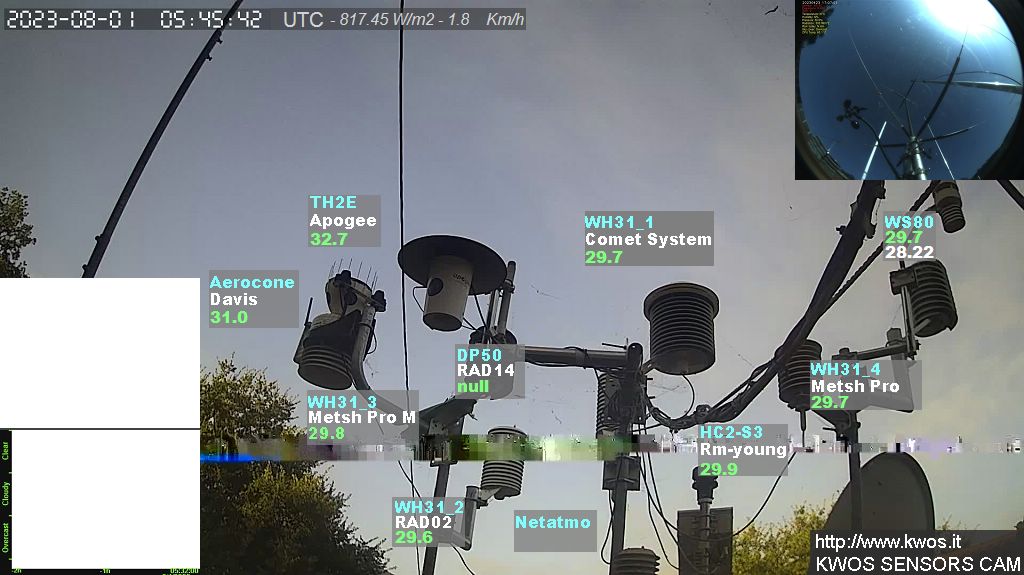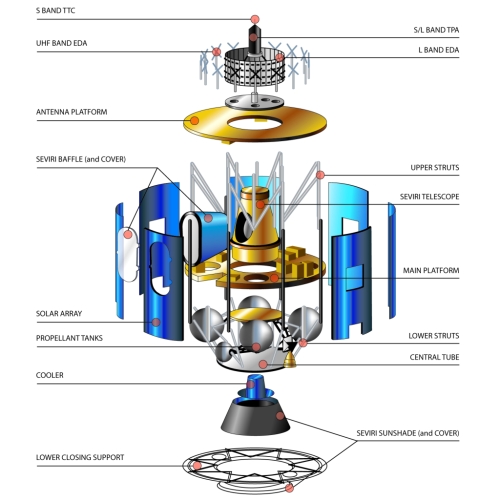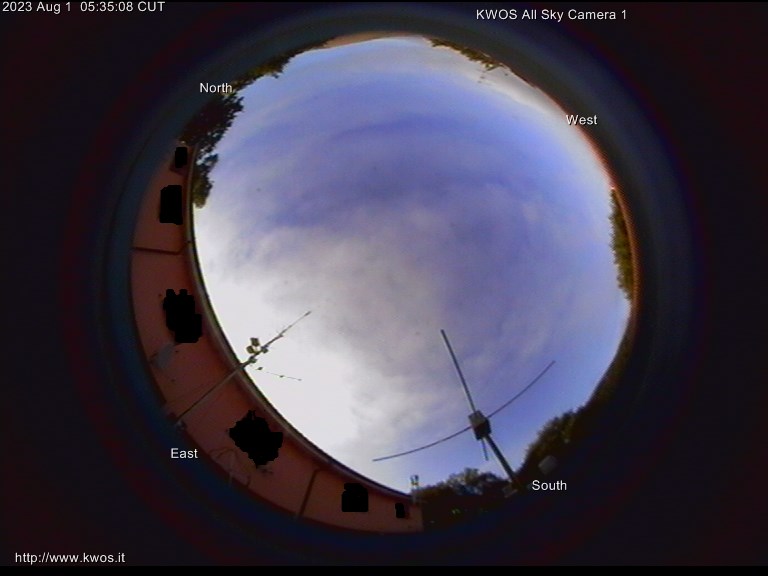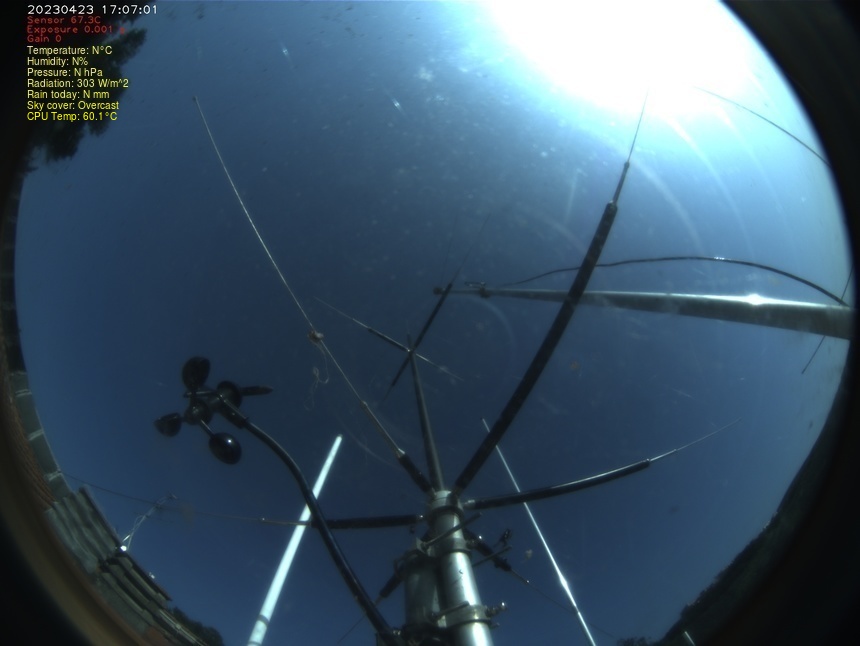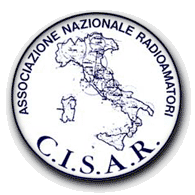Front page
- Visite: 13771
L'immagine qui a fianco proviene dalla telecamera che monitora i sensori di temperatura del KWOS inseriti in schermi solari di varia tipologia, dai passivi a quelli a ventilazione forzata.
varia tipologia, dai passivi a quelli a ventilazione forzata.
Gli schermi solari ci vengono forniti dalle aziende che desiderano testarli monitorando da remoto, via web, le loro performances.
Grazie al nostro cruscotto dedicato al Confronto sensori è possibile mettere in relazione alla temperatura, la radiazione solare ed il vento. E' possibile generare "on the fly" grafici contour, a istrogramma o a linea con più variabili.
Per consentire un miglior confronto, sono presenti anche i valori registrati dai sensori di radiazione solare e degli anemometri posti a varie altezze.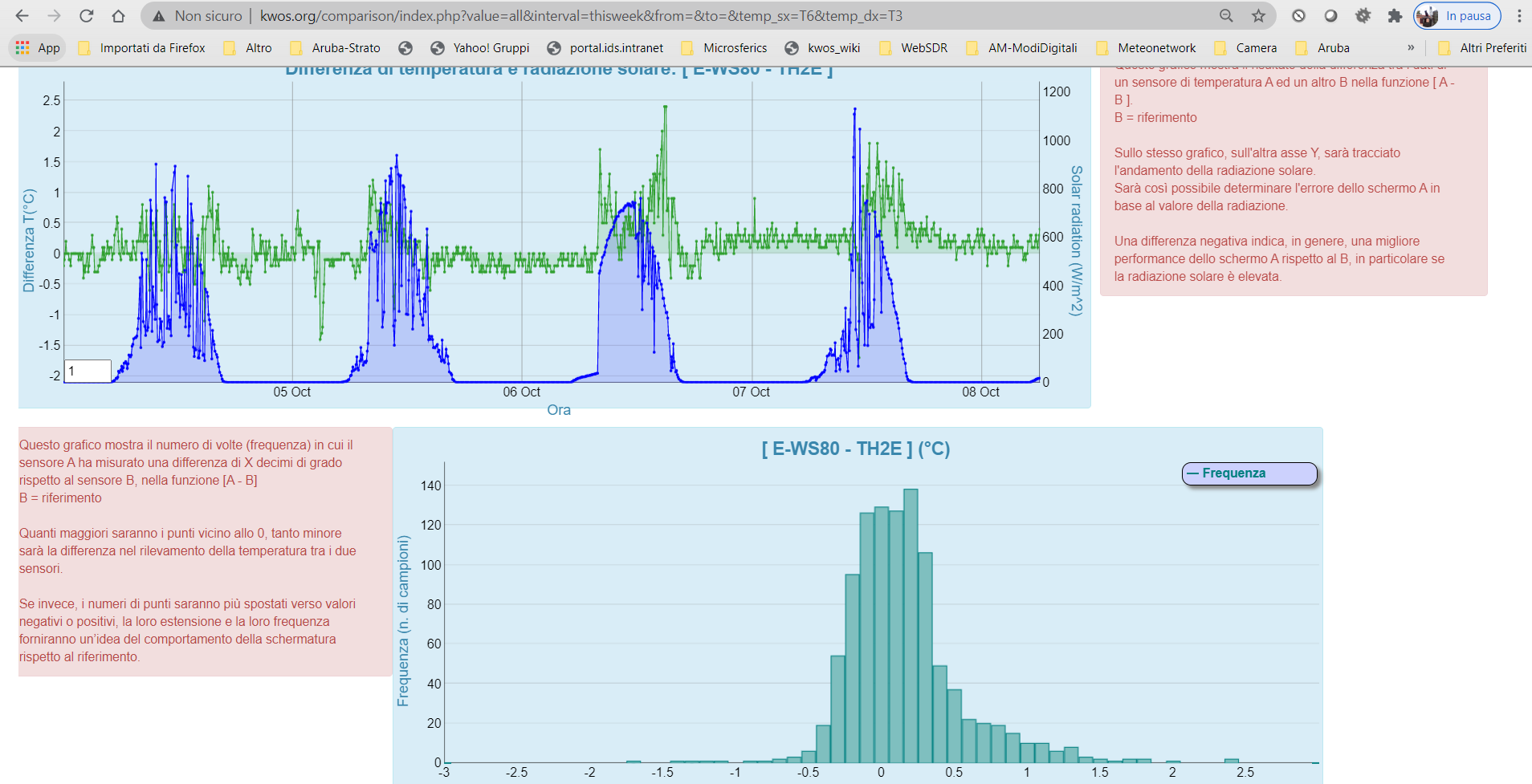
E' possibile inoltre, scegliere diversi orari della giornata e periodi dell'anno.
Sulla stessa pagina sono rappresentati i dati di più pluviometri, quelli del disdrometro e del rilevatore di nuvolosità del centro KWOS.
I sensori di temperatura sono calibrati ogni sei mesi in cicli termici in camera climatica. Le misure visualizzate tengono conto degli scostamenti registrati durante la calibrazione.

 for the first time stated by Wilson in 20th years this ionosphere potential arises from thunder-storms which create global electric "battery". Lightning is a visible electric charge coming from a cloud, going to either another cloud or the earth. Usually, thunder like the sound you are hearing accompanies lightning, especially during a thunderstorm.
for the first time stated by Wilson in 20th years this ionosphere potential arises from thunder-storms which create global electric "battery". Lightning is a visible electric charge coming from a cloud, going to either another cloud or the earth. Usually, thunder like the sound you are hearing accompanies lightning, especially during a thunderstorm.